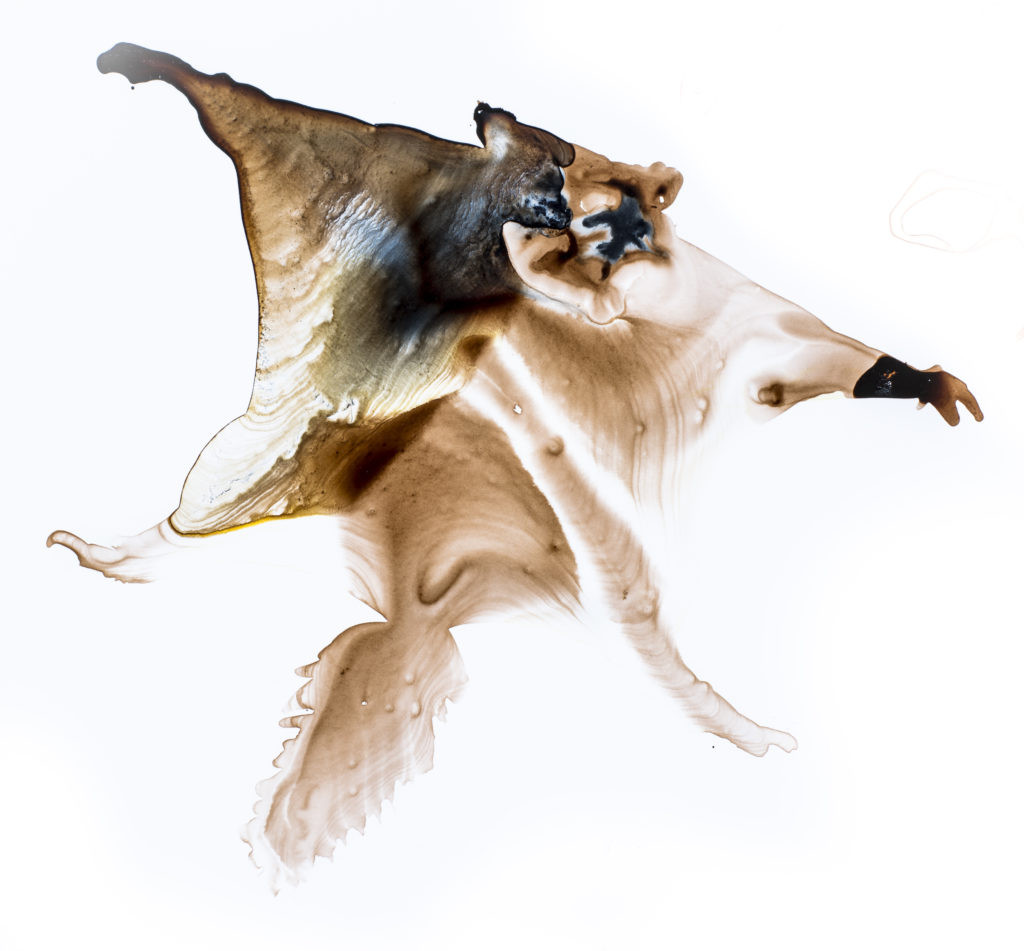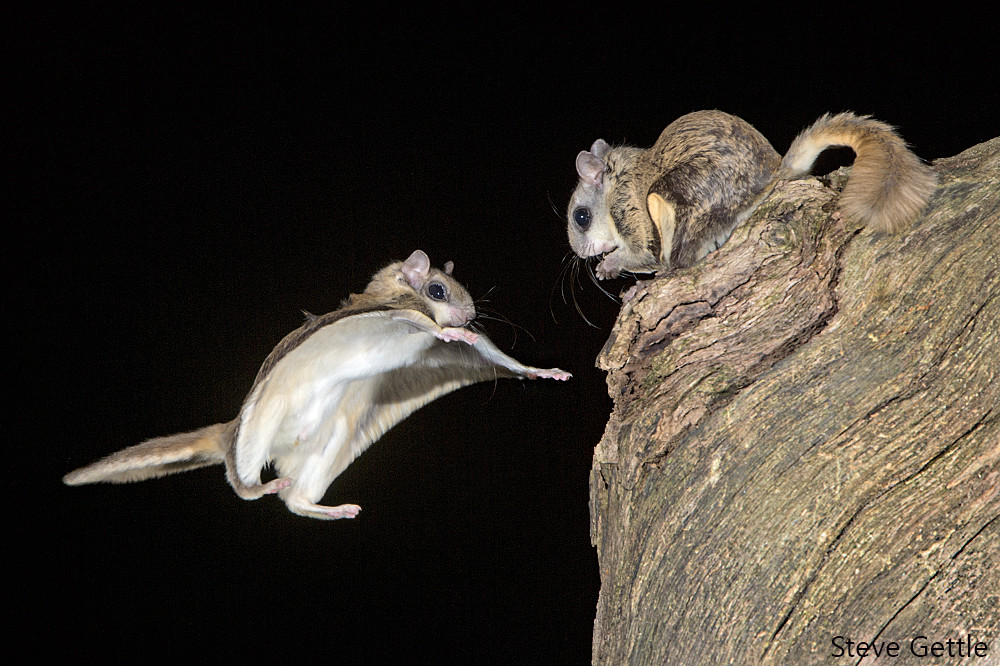Squirrels are a common sight, often pictured with bushy tails and a knack for bird feeders. But there’s a more elusive and fascinating type of squirrel that takes to the skies – the flying squirrel. These nocturnal ninjas, with their big eyes and tufted ears, inhabit various parts of the world, including North America. Their secretive nighttime habits make them harder to observe than their daytime cousins, adding to their mystique and posing challenges for conservation efforts.
 Namdapha-Flying-Squirrel
Namdapha-Flying-Squirrel
One of the most intriguing questions about these aerial acrobats is: Do Flying Squirrels Hibernate? While the image of squirrels stockpiling nuts for a long winter sleep is common, flying squirrels have a different strategy for surviving the cold months.
Gliding, Not Flying: The Amazing Abilities of Flying Squirrels
Before diving into their winter habits, it’s important to understand what makes flying squirrels unique. Despite their name, they don’t truly fly like birds. Instead, they glide. They possess a remarkable membrane of skin and fur called a patagium, stretching between their wrists and ankles. This patagium acts like a parachute, allowing them to gracefully glide between trees. Think of it as a stylish, furry wingsuit!
These glides can be impressive, with recorded distances reaching nearly 300 feet (91 meters). Flying squirrels are also incredibly agile in the air, capable of making sharp turns and precisely landing on their target. Their limbs and flat, rudder-like tail provide excellent steering and control during their aerial maneuvers. They touch down with padded feet, ensuring a silent and soft landing, much like a superhero making a stealthy entrance.
Winter Survival: Metabolism and Snuggling, Not Hibernation
So, back to the crucial question: do flying squirrels hibernate? The answer, for species like the Northern and Southern Flying Squirrels found in the United States, is no, they do not hibernate. However, they are well-adapted to survive the winter.
Instead of entering a deep, prolonged sleep like true hibernators, flying squirrels employ a strategy of torpor. This is a state of decreased physiological activity, where they significantly slow down their metabolism to conserve energy and resources during periods of cold and food scarcity.
Adding to their winter survival tactics, flying squirrels are social creatures. To combat the cold, they often gather in nests, sometimes with up to 20 other flying squirrels, creating a massive, warm cuddle puddle! This communal nesting behavior helps them share body heat and stay warm throughout the winter months.
 Southern Flying Squirrel. (Photo by Steve Gettle)
Southern Flying Squirrel. (Photo by Steve Gettle)
Why Stay Awake in Winter? The Nocturnal Advantage
Flying squirrels’ nocturnal nature plays a role in their winter strategy. Being active at night helps them avoid many daytime predators, including birds of prey. While their gliding abilities are excellent for evading predators like snakes in trees, on the ground, their patagia can make them less agile than other squirrels, making them vulnerable to predators such as owls, foxes, and domestic cats. Nocturnal activity provides a layer of protection.
Furthermore, flying squirrels are omnivores with a varied diet that includes fungi, nuts, berries, seeds, and even carrion, eggs, slugs, and small birds. While some food sources might become scarce in winter, they can still find sustenance, making full hibernation less necessary than for animals with more specialized diets.
The Secret Lives of Flying Squirrels: Size, Elusiveness, and Rediscovery
Flying squirrels continue to surprise us with their hidden lives. While North American species are relatively small, with lengths around 10 inches (26 centimeters), the majority of flying squirrel species reside in Asia, with some reaching impressive sizes. The Laotian Giant Flying Squirrel, for example, can grow over a meter long (42 inches) and weigh up to 4 pounds (1.8 kilograms)!
Their elusive nature means they often go unseen by humans. Even scientists sometimes struggle to track them. Remarkably, a new species, the Humboldt’s Flying Squirrel, was identified in North America as recently as 2017. The Laotian Giant Flying Squirrel was also a relatively recent discovery, found in a bushmeat market in 2012.
Flying squirrels are masters of disappearing and reappearing, with some species, like the Travancore Flying Squirrel and Woolly Flying Squirrel, being lost and rediscovered multiple times, highlighting the mysteries that still surround these incredible animals.
In conclusion, while flying squirrels don’t hibernate in the traditional sense, they have developed fascinating adaptations to survive winter, including torpor and communal nesting. These nocturnal gliders remain active year-round, showcasing their resilience and adding to the wonder of the natural world. Their secret lives continue to intrigue and remind us that there’s always more to discover about the wildlife around us.